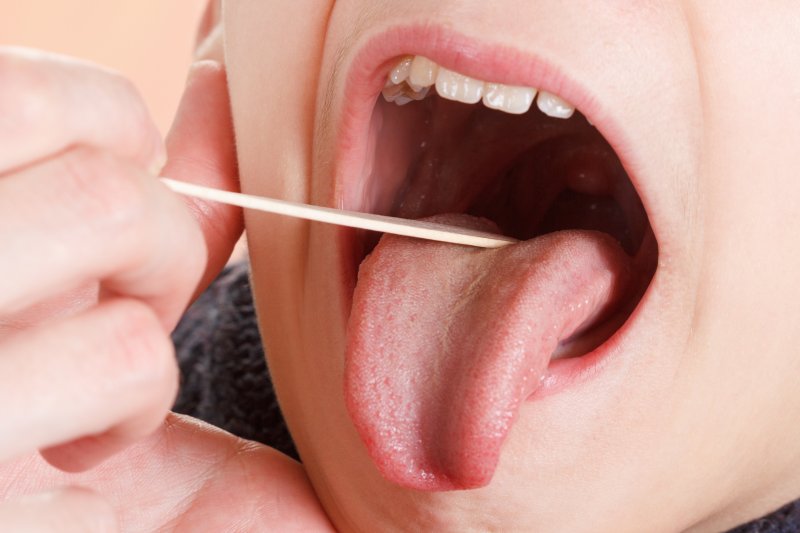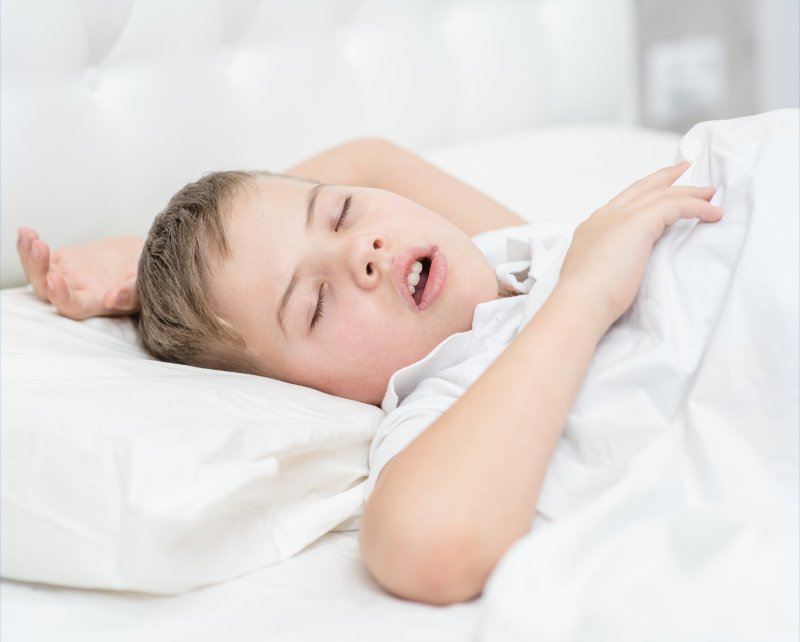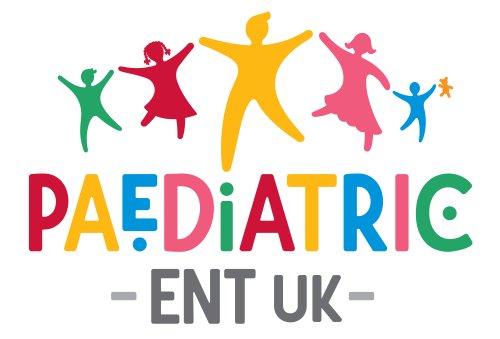Tonsil and adenoid problems are very common in young children. This is usually tonsillitis or breathing problems including sleep apnoea.
What are the tonsils and adenoids?
- Tonsils are a pair of soft tissue swellings that sit in the back of your child’s mouth.
- The adenoids are a soft tissue that sit in the back of your child’s nose.
- They form part of the immune system particularly in early life and act as a barrier to infection as germs enter the nose and mouth.
- Need diagram
What problems occur with tonsils and adenoids?
- Sleep apnoea and snoring can occur with large tonsils and adenoids.
- Tonsillitis (infection of the tonsils) also commonly occurs in children.

Sleep Apnoea

What is sleep apnoea?
- Sleep apnoea occurs when your child pauses their breathing for short periods at night time.
- This can be due to large tonsils, large adenoids and swelling of lining of your child’s nose (rhinitis or hay fever).
Why is sleep apnoea a problem in children?
- Sleep apnoea reduces the quality of sleep in children.
- Children are reliant on good quality sleep for growth and development.
- If left untreated children it can have an adverse effect on behaviour, development and rarely can cause growth and heart problems.
How is sleep apnoea diagnosed?
- The history and description from parents is very important.
- A video recording of your child sleeping is also a very useful tool, we therefore encourage parents to bring in a few clips of their child sleep prior to the appointment.
- Examination of the child usually reveals the cause. This can include large tonsils, large adenoids and inflammation of the lining of the nose (rhinitis).
- Some children habitually breath through their mouth due to blockage of the nose and throat from tonsils and adenoids.
- Occasionally, your child may require a sleep study to assess their oxygen levels and respiratory effort but this is usually when your child has other medical conditions.
What are the treatment options?
- Most children will grow out of their sleep problems as they get bigger and their tonsils and adenoids become smaller and cause less obstruction.
- Medical treatment centres around improving nasal blockage, including sea water spray in your child’s nose and a short course of a low dose steroid nasal spray.
- In children with persistent breathing problems surgery may be required.
- This is usually in the form of a tonsillectomy, adenoidectomy and/or shrinking the inner lining of your child’s nose (turbinate reduction- see section on Nasal blockage).
Tonsillitis
What is tonsillitis?
- Tonsillitis is an acute infection of the tonsils that usually affects children aged 5-15 years old.
- It can be viral or bacterial and is usually self limiting.
- Unfortunately, some children suffer with frequent tonsillitis leading to frequent time of school and nursery and a significant reduction in quality of life for the child and their parents.
How is tonsillitis treated?
- The majority of children will grow out of recurrent tonsillitis.
- In children with persistent tonsillitis, tonsillectomy may be required (see Tonsillectomy).



